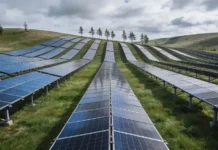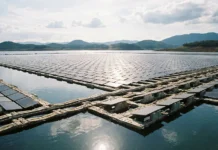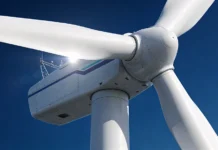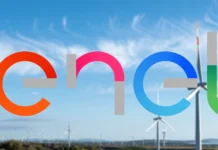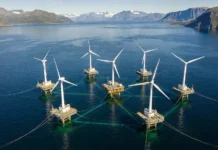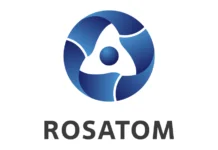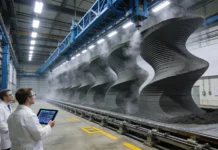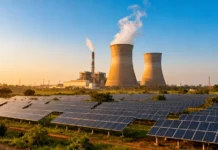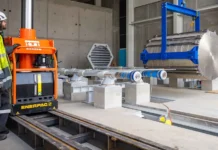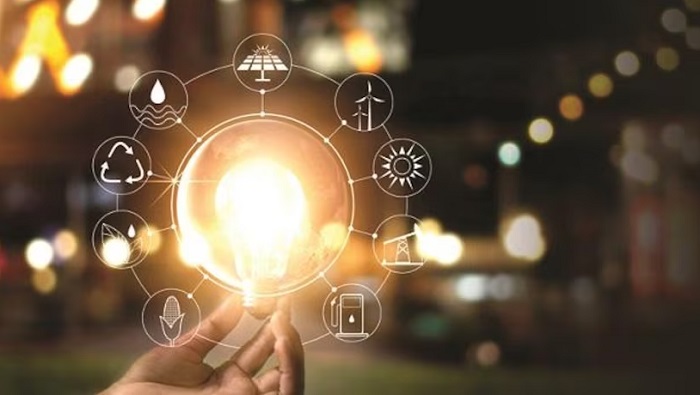A world that happens to be hungry for clean energy, there are engineers which have gone on to create a new material that converts simple mechanical vibration into electricity so as to power the sensors in all things that range from as small as a pacemaker to the biggest of spacecraft.
This first of a kind, which can well be called the product of a decade of work by University of Waterloo and University of Toronto researchers, is compact, trustworthy, comes at a low cost, and is very, very green. As per Asif Khan, the Waterloo researcher as well as the co-author of the study, this breakthrough is going to have a great effect on the economic and social elements by lessening the reliance on non-renewable sources of power. He added that there is a greater need for these energy-generating materials at the present moment than at any time in history.
The system that is based on the piezoelectric effect that Khan and his colleagues developed generates an electric current by applying pressure. Mechanical vibrations happen to be one instance.
Apparently, this effect was explored in 1880, and since then, limited amounts of piezoelectric materials such as Rochelle salts and quartz have been used in technologies that range from ultrasound imaging to microwave devices.
Challenge is that, up until now, these traditional piezoelectric materials, which are used across commercial devices, have had a limited capacity to generate electricity. There is often the use of lead, which, as per Khan, is an issue for the environment as well as human health. The researchers have gone to work to solve both problems.
They began by growing a single large crystal pertaining to a molecular metal-halide compound that is known as edabco copper chloride by using the Jahn-Teller effect, which is a well-known chemistry concept that is concerned with the spontaneous geometrical distortion in a crystal field. Khan says that the highly piezoelectric material were used to fabricate the nanogenerators with a record power density, which can go on to harvest tiny mechanical vibrations under any kind of dynamic scenario, right from human motion to automotive vehicles. Apparently, this is a process that does not require any lead or non-renewable energy.
The nanogenerator happens to be tiny, 2.5 cm square, has the thickness of a business card, and can be used very conveniently in many situations. It has the ability to power sensors across an array of electronic devices, such as those that are required for the IoT, the widening global network that has objects that are embedded along with software as well as sensors to connect and also exchange data with numerous other devices.
One of the researchers at the Waterloo Institute of Nanotechnology, Dr. Dayan Ban, said that in the years to come, the vibrations caused by an aircraft can go on to power its sensory monitoring systems, or a person’s heartbeat can make the battery-free pacemaker run.
The new material, according to him, has indeed shown a record-breaking performance, and it indeed represents a new path within this field.


